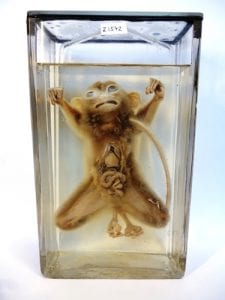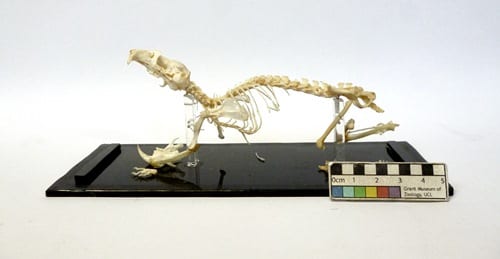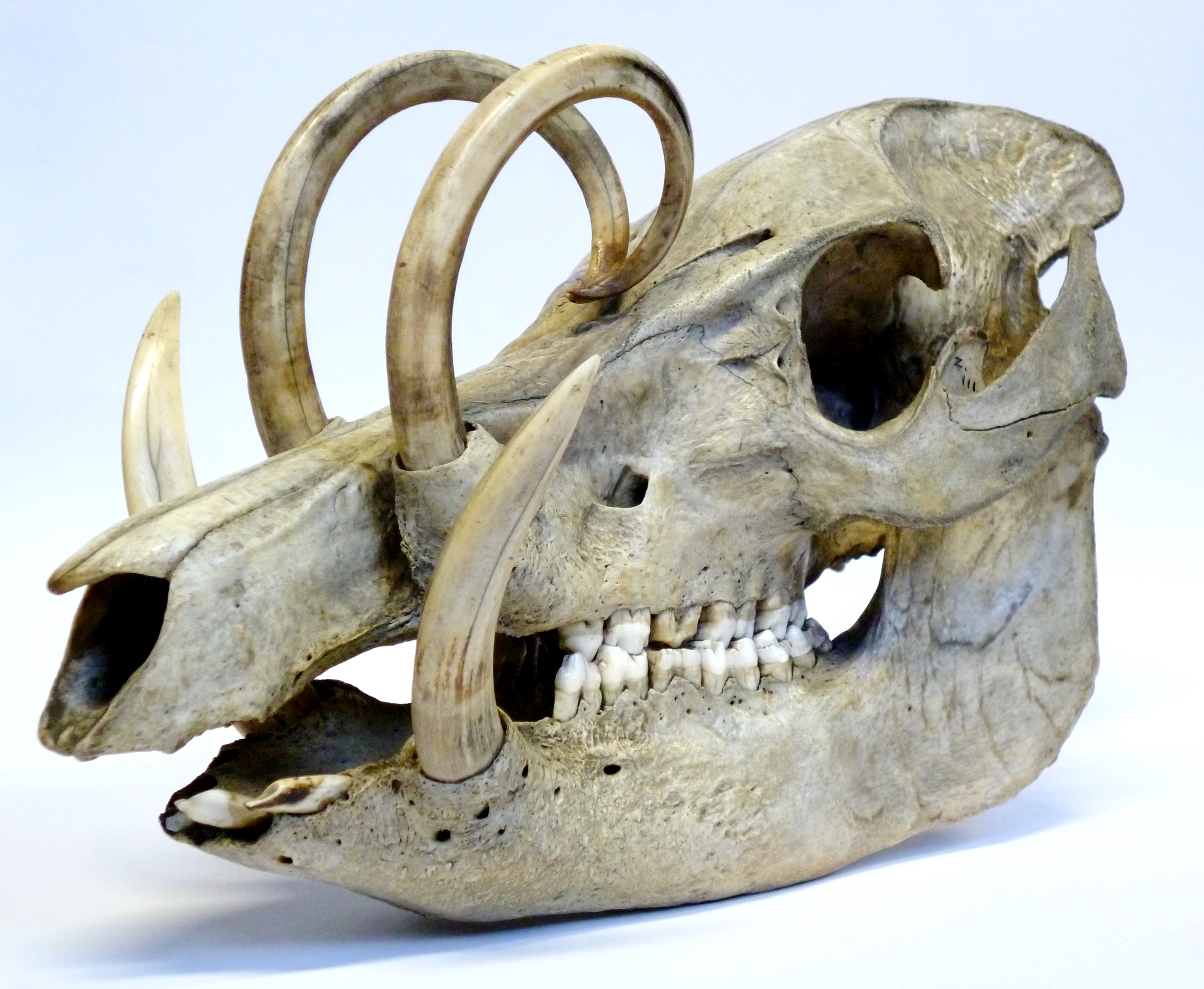
Eastern quoll. LDUCZ-Z2307
Mongooses, ferrets, shrews, meerkats, otters, weasels and cats: These are animals that most people will be familiar with.
Planigales, ningauis, kalutas, dunnarts, mulgaras and quolls: Not so much.
Despite all being small mammals, strangely named, absurdly cute (the second set even more so than the first), objectively interesting in many ecological, behavioural and evolutionary ways, there seems to be a difference in the level of attention between these groups of animal. The latter are all Australian marsupials, and for undoubtedly complicated political, colonial and egotistical reasons embedded in the western psyche, they don’t get their fair share of the limelight*. This week’s Specimen of the Week is a tiny step in addressing that, with…
(more…)

 Close
Close










